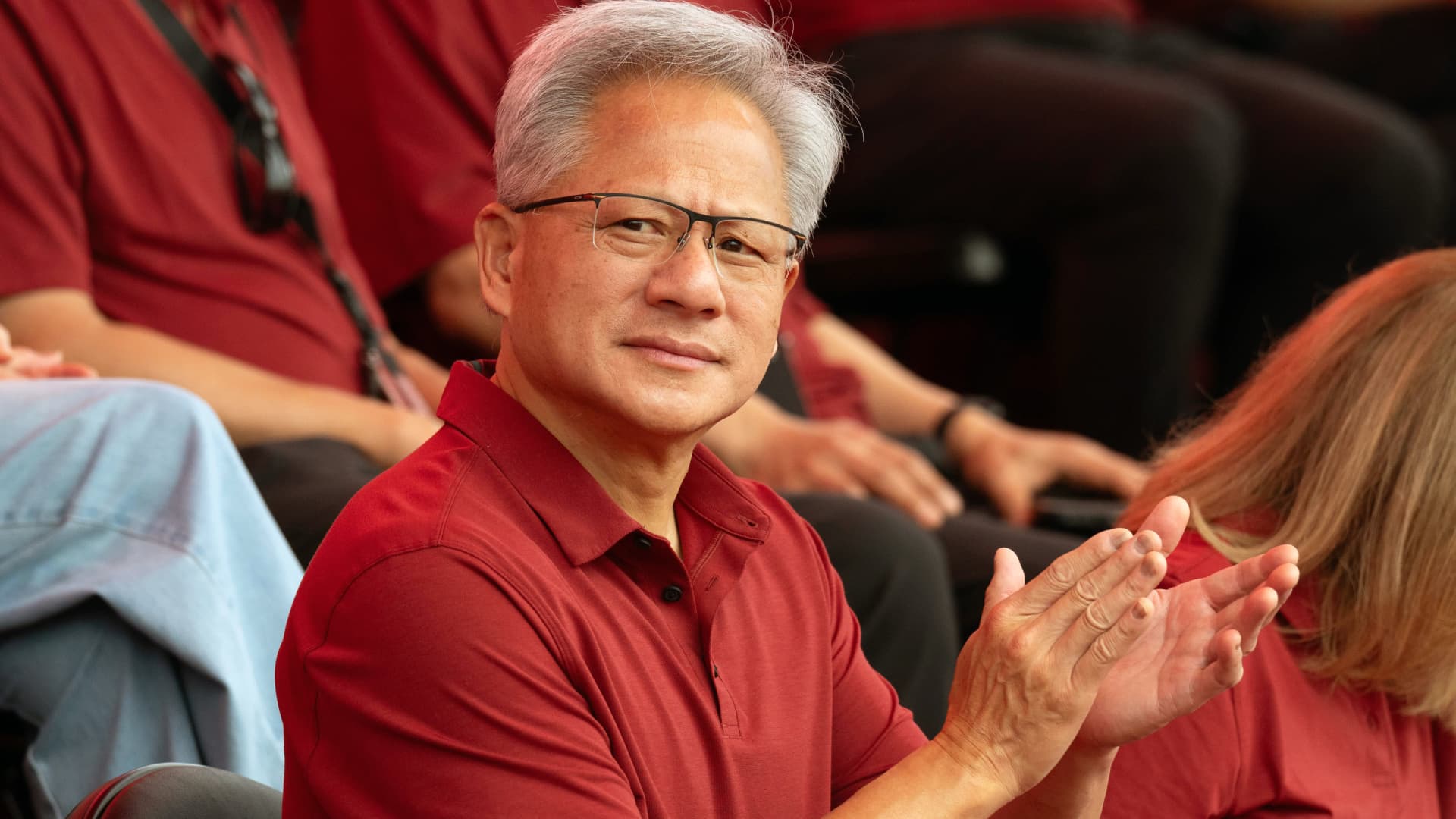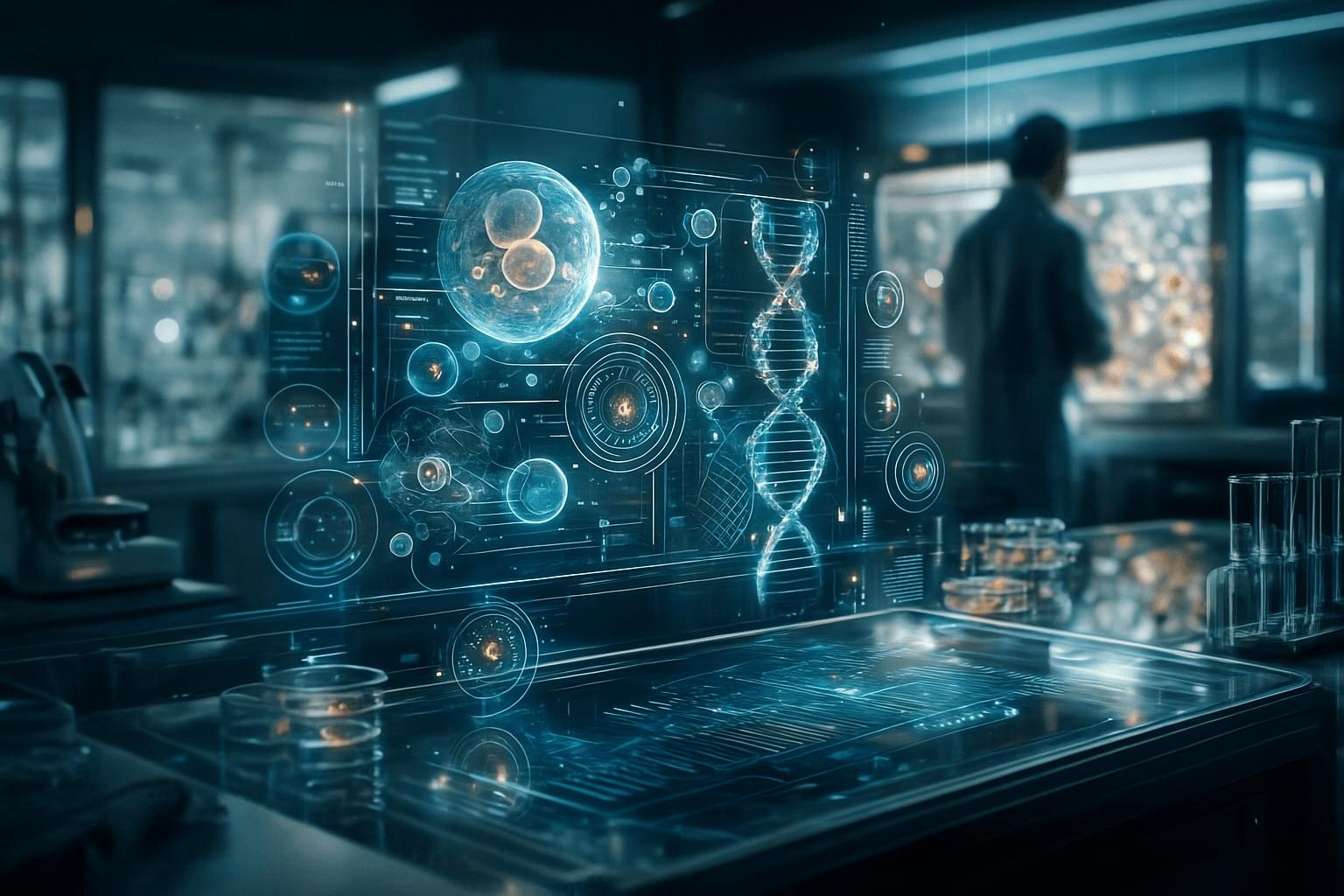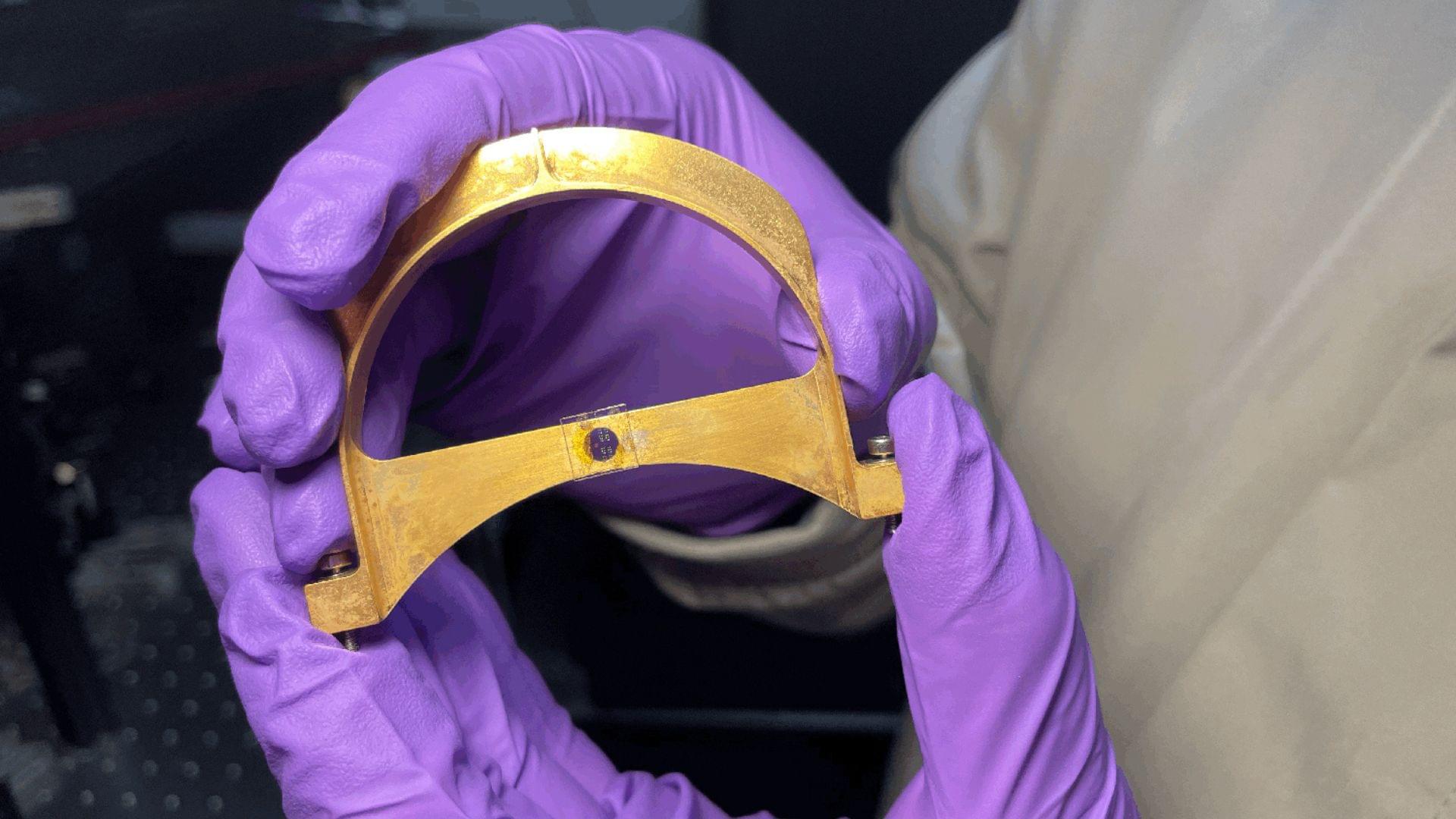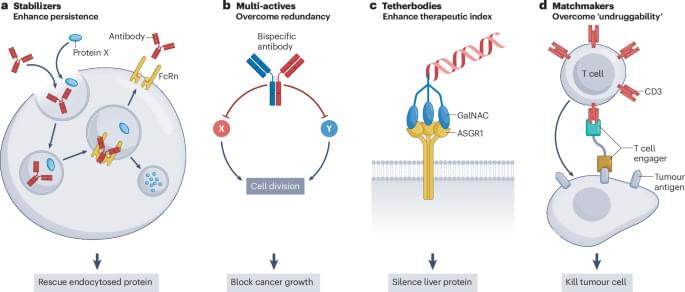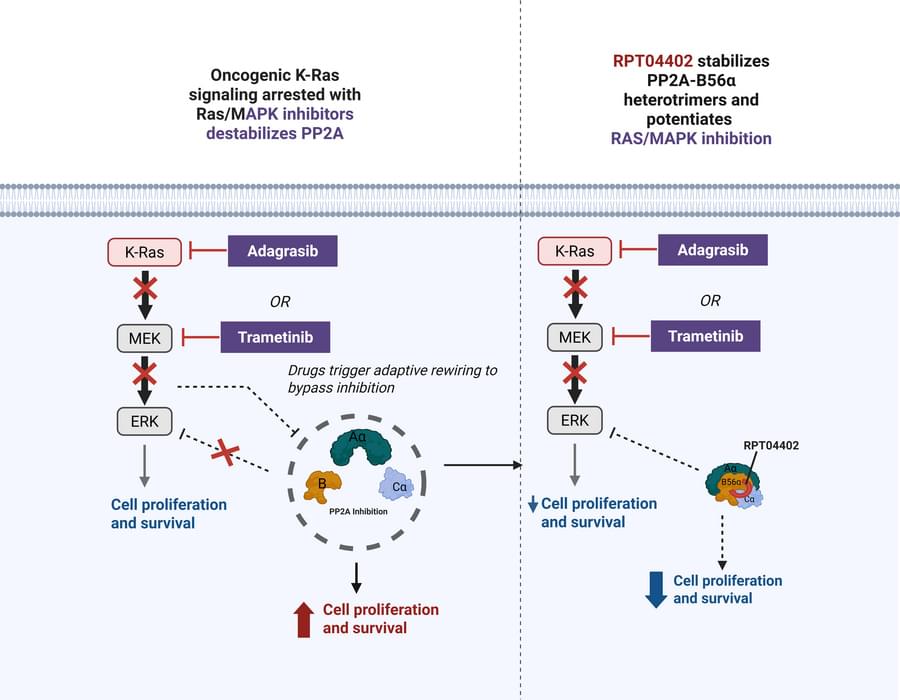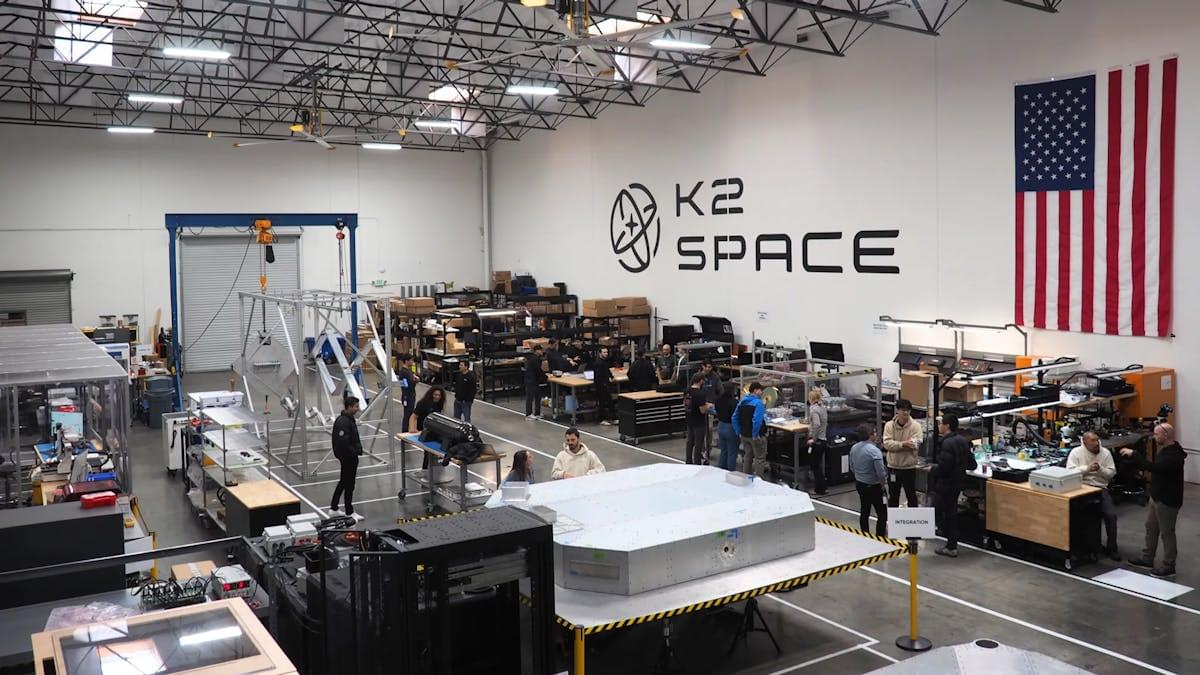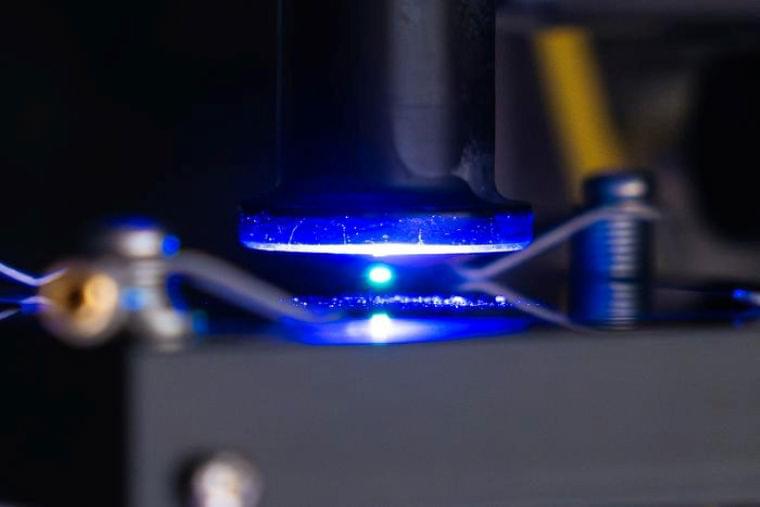NVIDIA’s CEO was surprisingly spotted on the Joe Rogan podcast, and one of the interesting stories he mentioned was how the interest in NVIDIA’s first AI machine was almost nonexistent.
Jensen, appearing on the ‘Joe Rogan Experience’ platform, was something that I wasn’t expecting at all, but it appears that NVIDIA’s CEO has become a mainstream personality, not just at the AI front, but also for the entire tech world. Jensen Huang talked about various aspects of his life and the journey of NVIDIA over the years, but one of the more interesting statements was around how Team Green spent ‘billions’ creating the very first DGX-1 AI system, but when Jensen went out to the market, the interest around the machine was ‘zero’, until Elon stepped up.
And when I announced DGX-1, nobody in the world wanted it. I had no purchase orders, not one. Nobody wanted to buy it. Nobody wanted to be part of it. Except for Elon.
